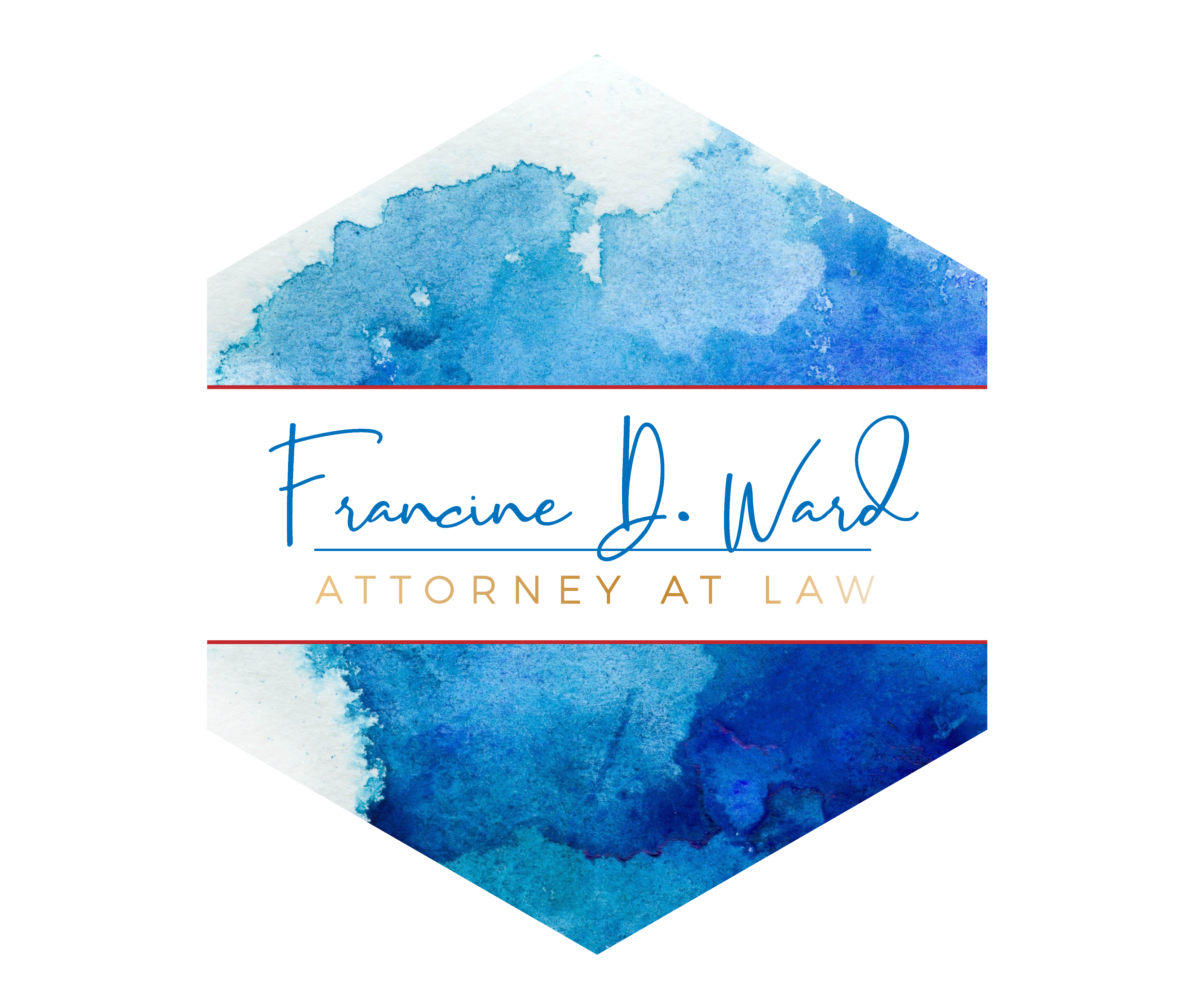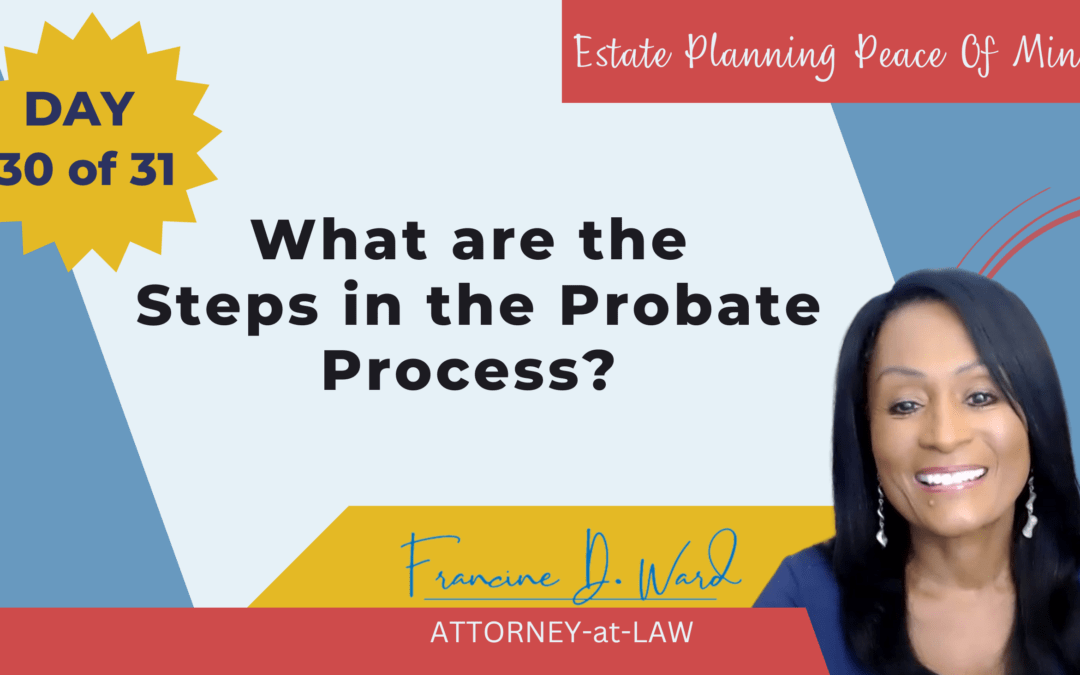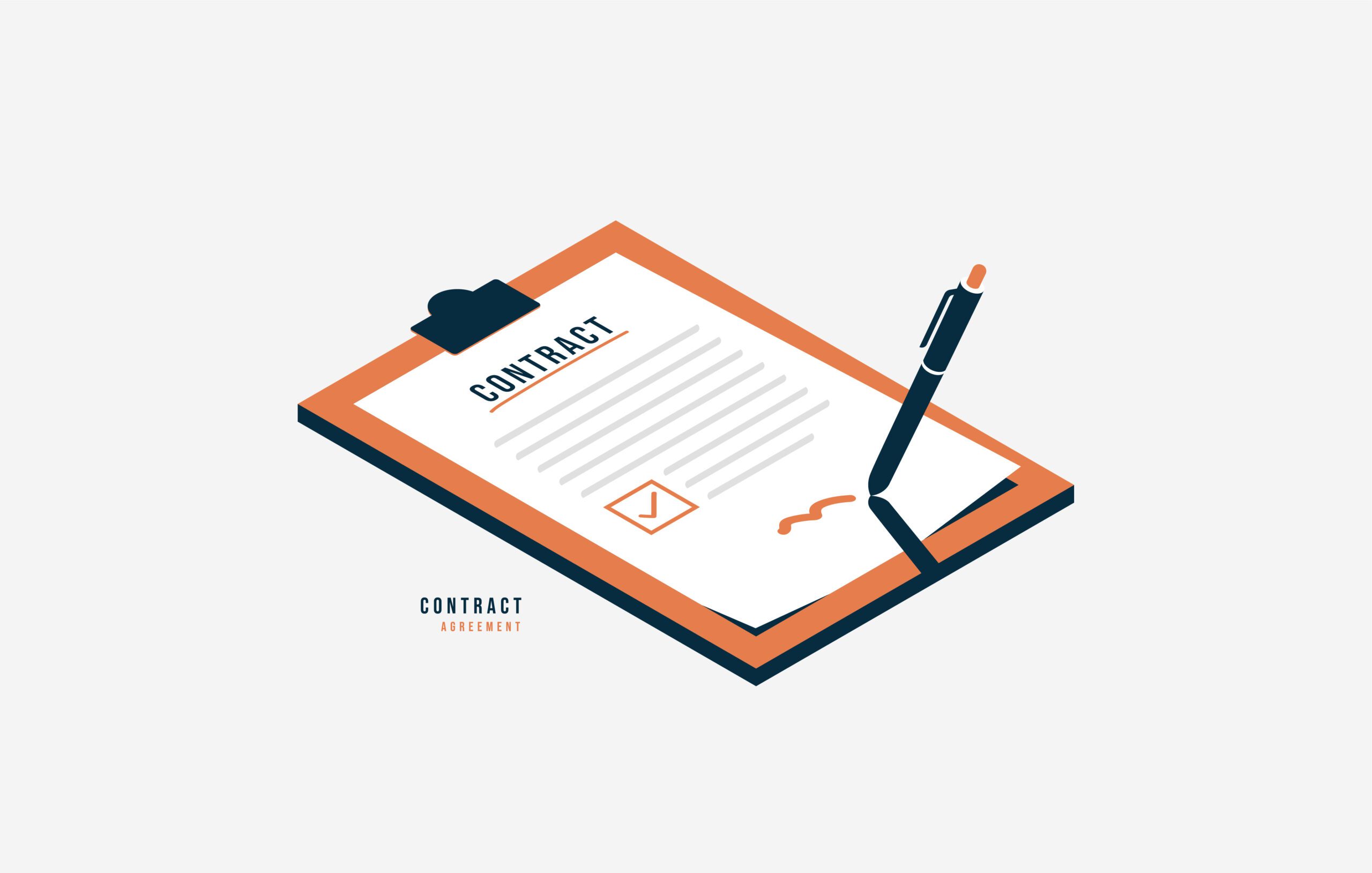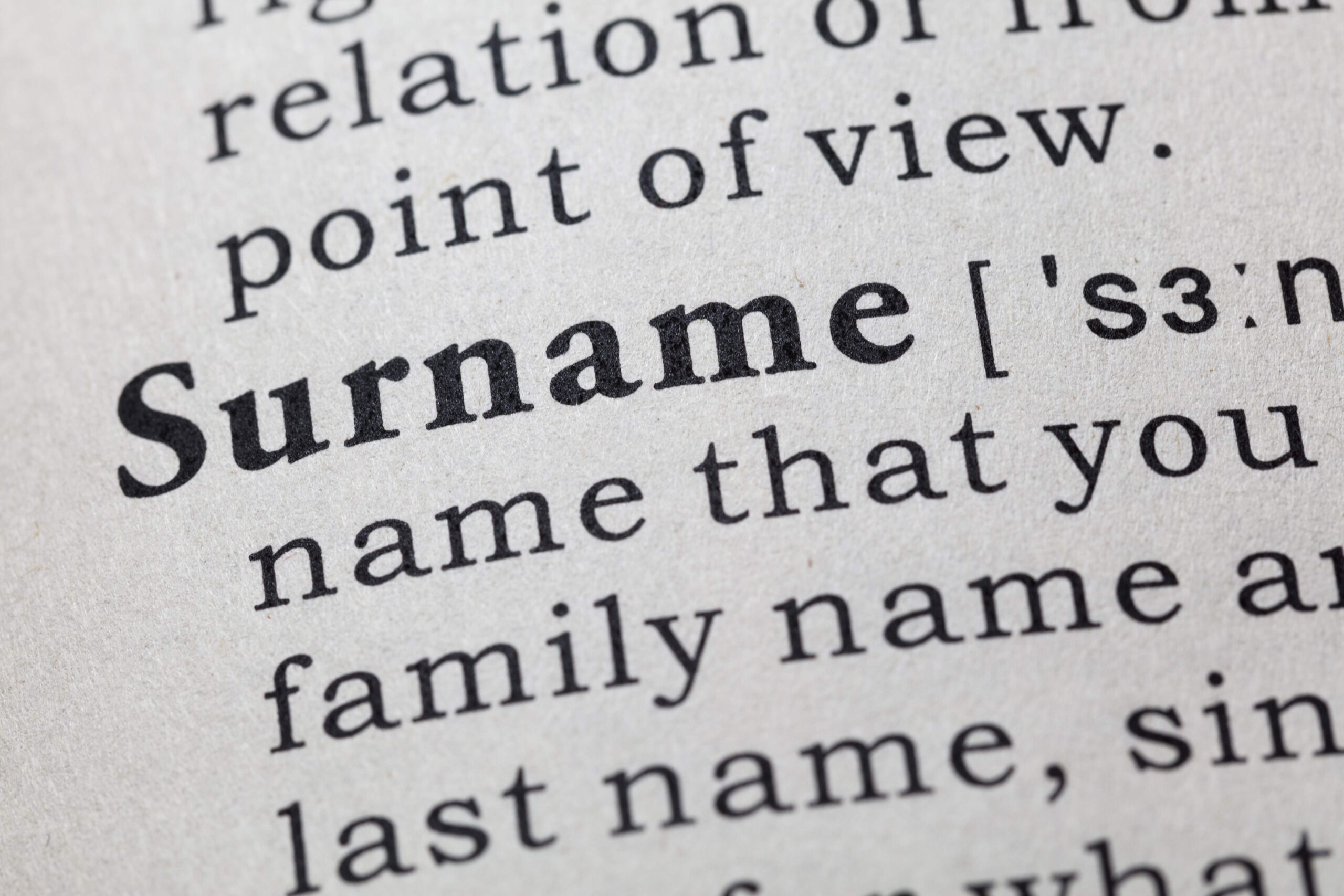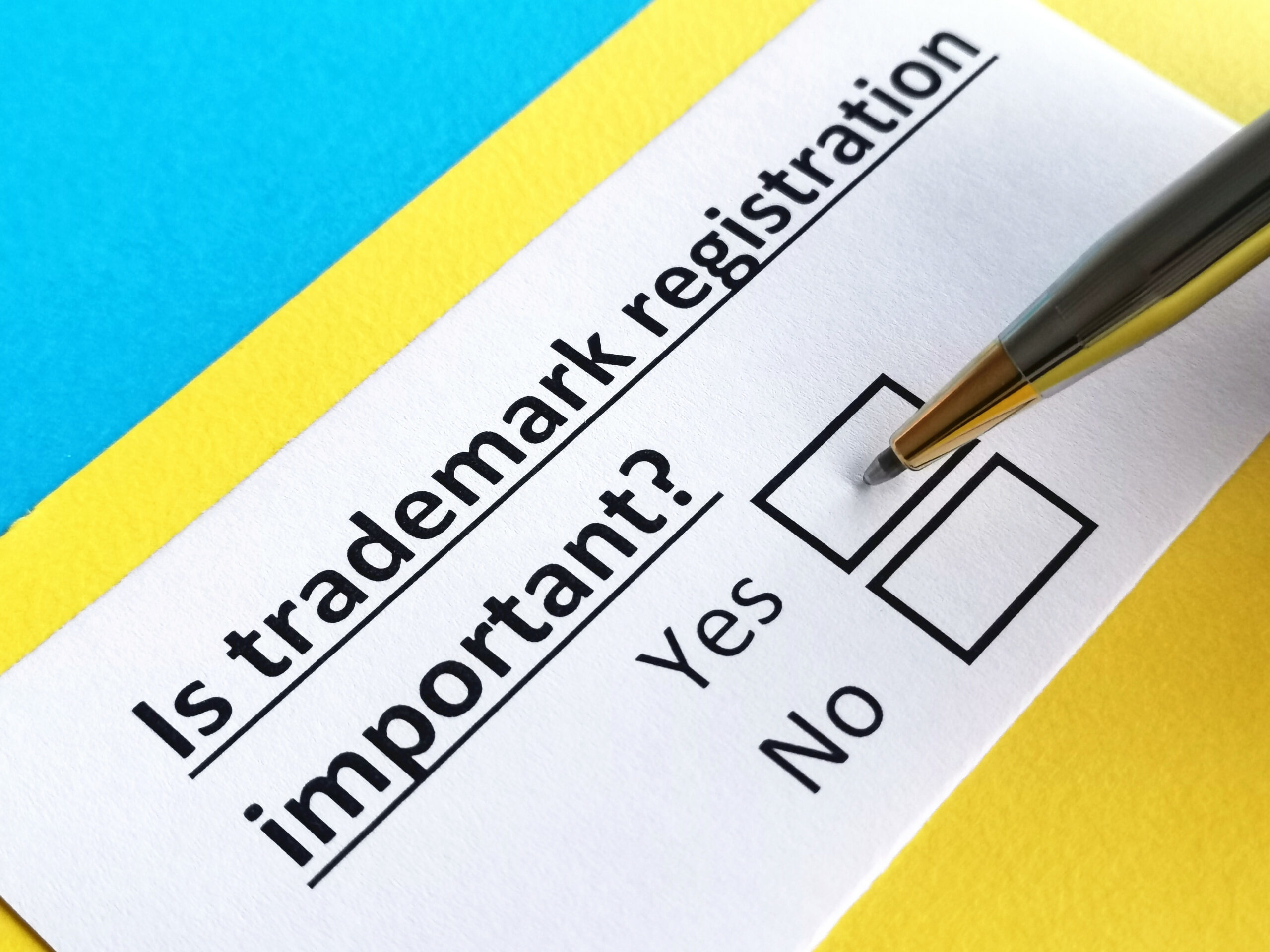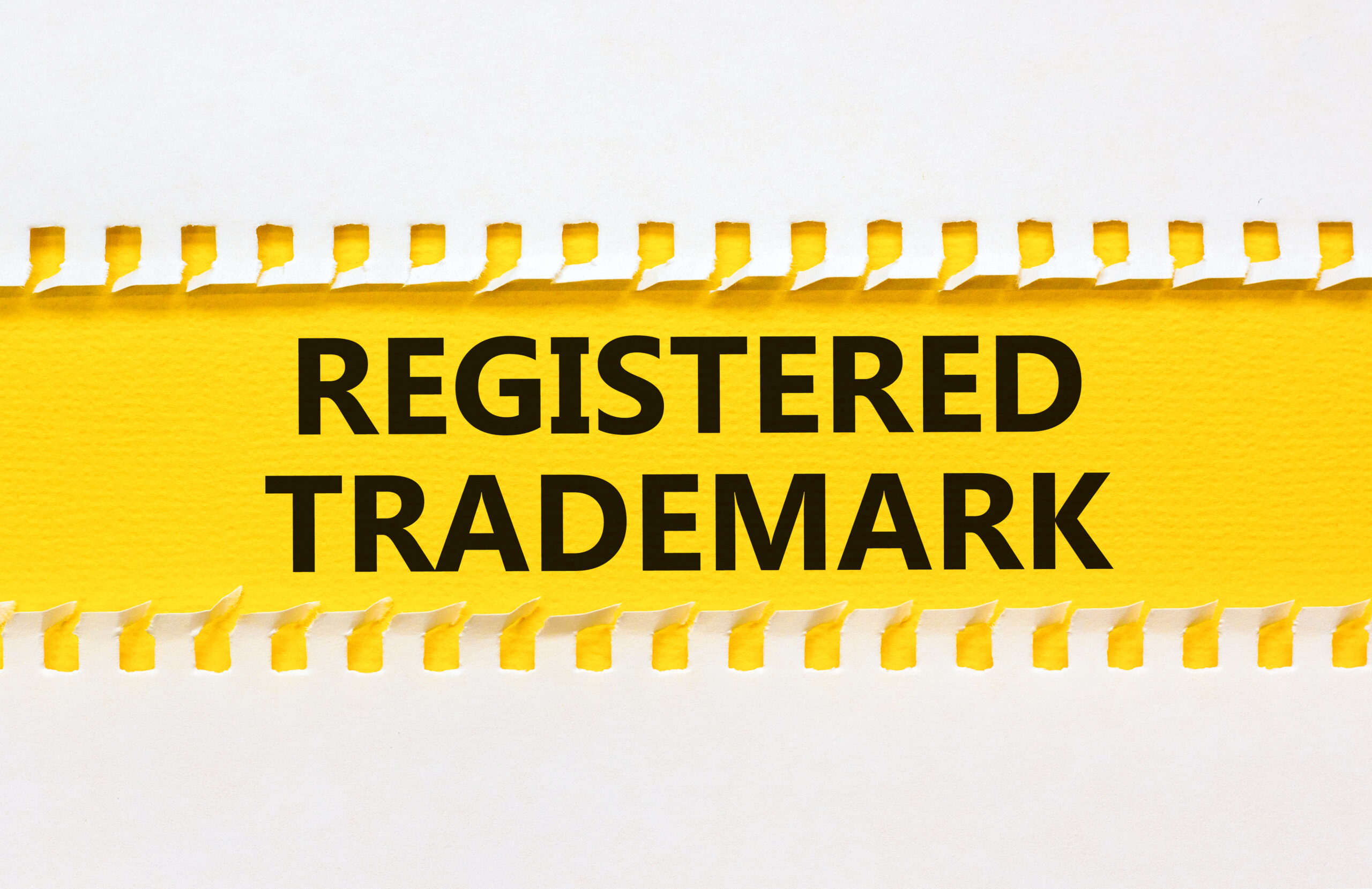Probate Process
Probate process basic steps. When someone passes away, their estate is generally required to go through probate unless there was a valid trust in place. It is a lengthy and often expensive process. Expensive not just in terms of the financial cost, but the emotional cost as well. And depending on the parties involved, the emotional cost could be even greater.
There are a few exceptions to an estate being required to go through probate—when the estate is small or midsized. The definition of what is deemed “small” or “midsized” is determined by the state. Each state has its own probate law.
What is Probate?
Probate is the judicial process by which a decedent’s assets are distributed to their designated beneficiaries. Each state has its own laws regarding probate and how estates are to be administered. A court oversees the process.
When someone dies with a will, the law says they died “testate.” The will then governs how they assets are distributed. If there is no will, the decedent died “intestate.” In that case, intestate succession rules govern.
The Basics of the Probate Process:
- The first thing to happen is someone dies.
- Presuming the decedent died with a will, the loved one needs to find the will. That is not always a simple act. If the loved one was made privy to the location of the estate documents, then this step is easy. But more often than not, locating the will is a challenge. Perhaps it’s hidden or in a safety deposit box and no one has access. Finding the will is essential. If no will is found, the estate is administered intestate.
- Assuming there is a will, the person named as executor or personal representative must complete the appropriate paperwork and submit it along with the will to the probate court.
- If no executor is nominated, the court appoints one.
- That executor is responsible for winding up the deceased person’s affairs, paying bills, filing tax returns, and making distributions to beneficiaries. The executor may also be required to post a bond
- The executor secures all valuables, collects the mail, creates a list of everything the deceased person owned, and files it with the court, sending copies to the interested parties.
- Lastly, the executor submits paperwork to the court to close the administration.

Francine D. Ward
Attorney-At-Law, Author, Speaker
Follow Francine:
Don’t miss Francine’s Latest Blogs:
- Common Contract MistakeCommon Contract Mistake #1. Not Having Written Agreements with EVERYONE You Do Business With. Common contract mistake. Without question, the most common contract mistake is not having the terms of… Read more: Common Contract Mistake
- AI and PatentsAI and Patents. Understanding Patent Law in the Age of AI. Patents, along with Copyrights, Trademarks, Trade Secrets, and Rights of Publicity, are one of the five areas of practice… Read more: AI and Patents
- Effective Goal SettingSetting Goals. It’s that time of year, time to plan for effective goal setting. A time when some of us start thinking about goals for the upcoming year. If you… Read more: Effective Goal Setting
- Indemnify AI UseBeware of companies that say they will indemnify AI use, that they will pay ALL the legal costs incurred by customers using Generative AI services (like ChatGPT, CoPilot, or Bard).… Read more: Indemnify AI Use
- Trademark A NameHow to Trademark a Name A trademark can be a word, phrase, design, logo, color, sound, or a combination of those things that identifies the source of a product or… Read more: Trademark A Name
